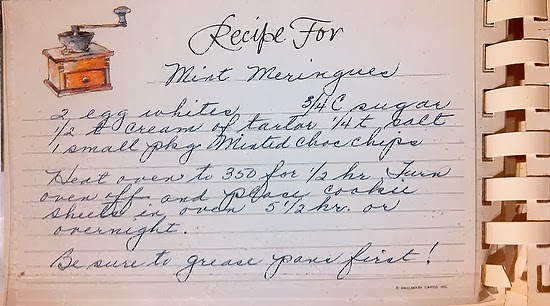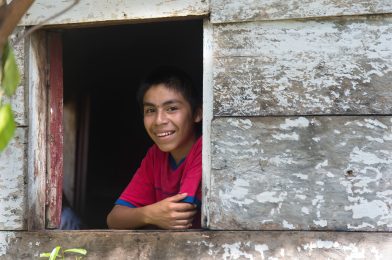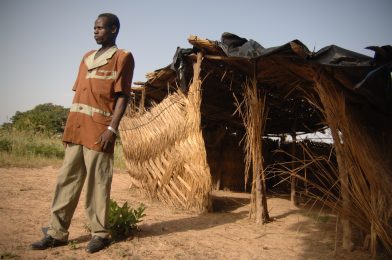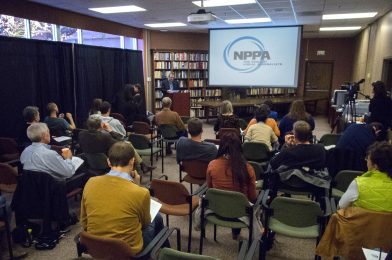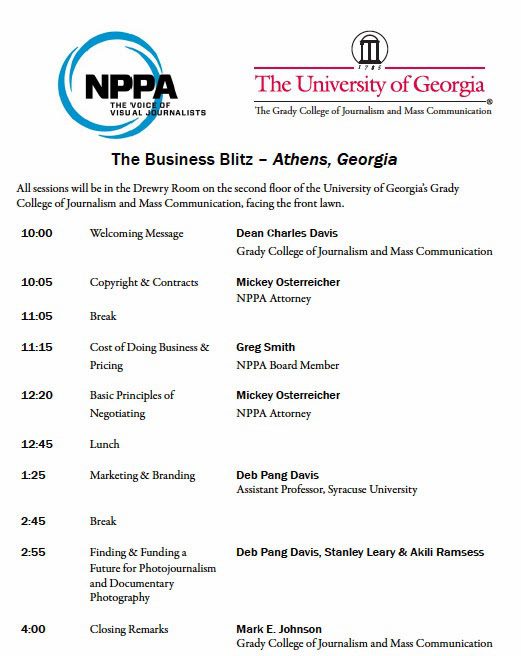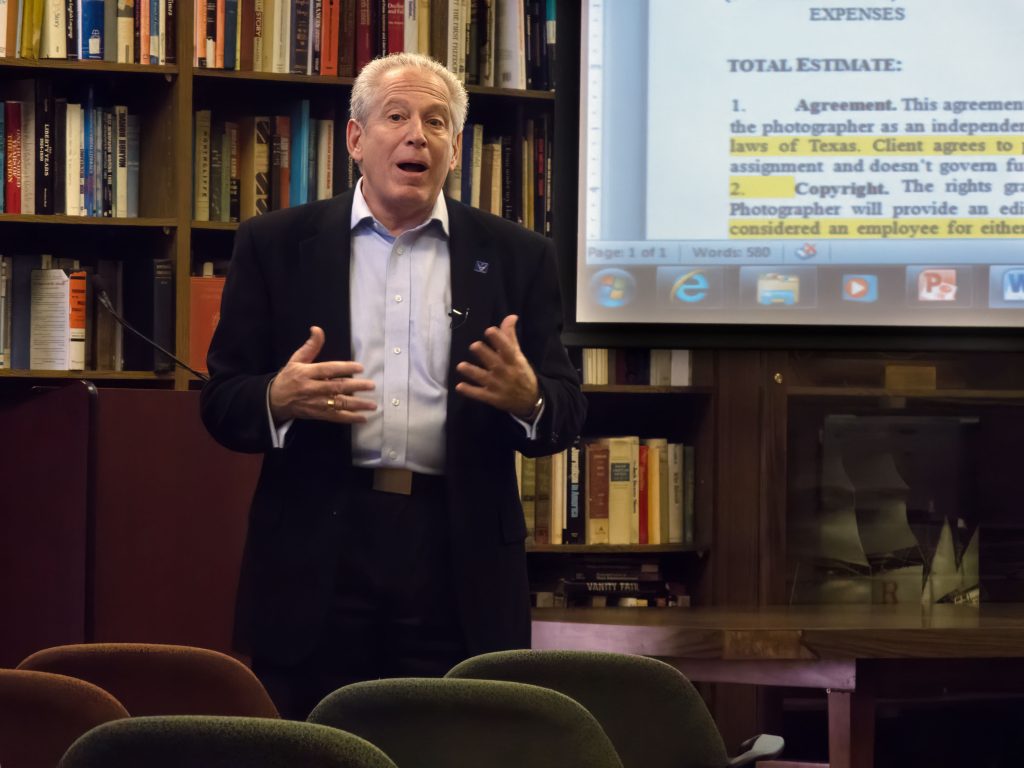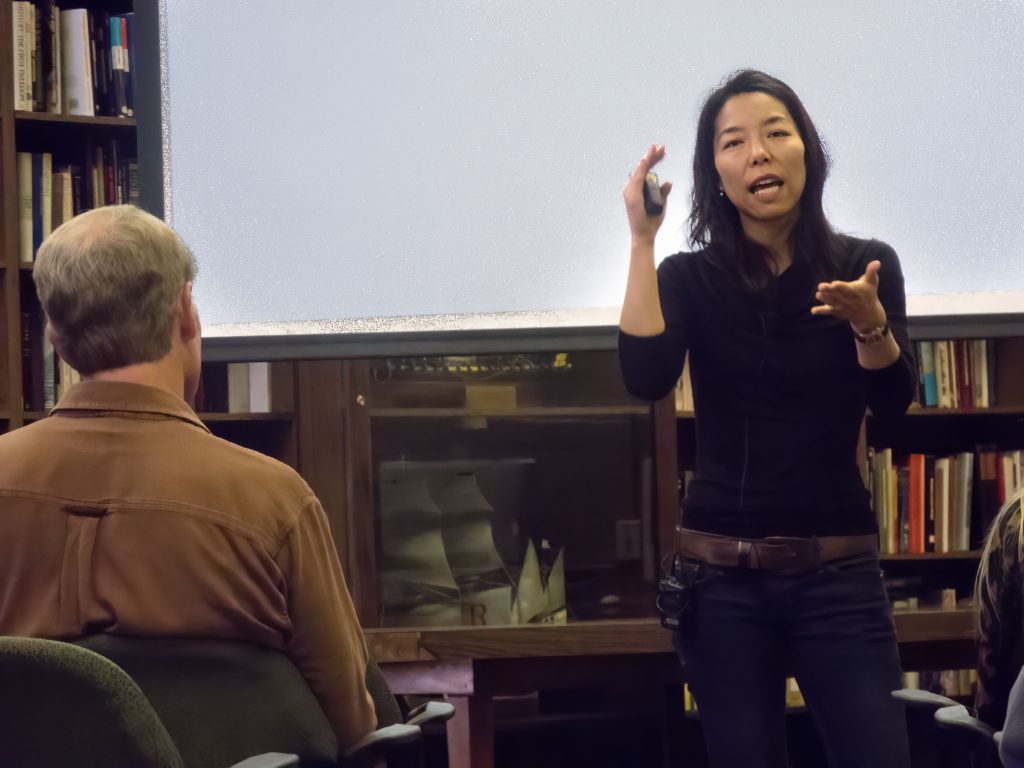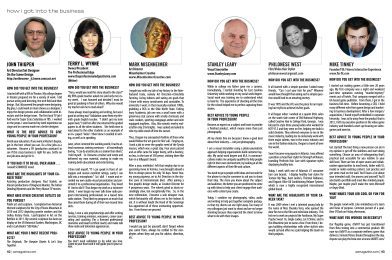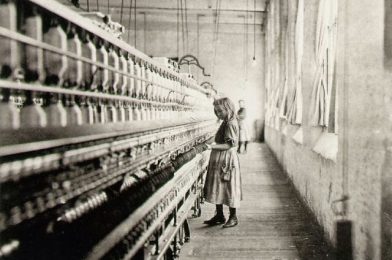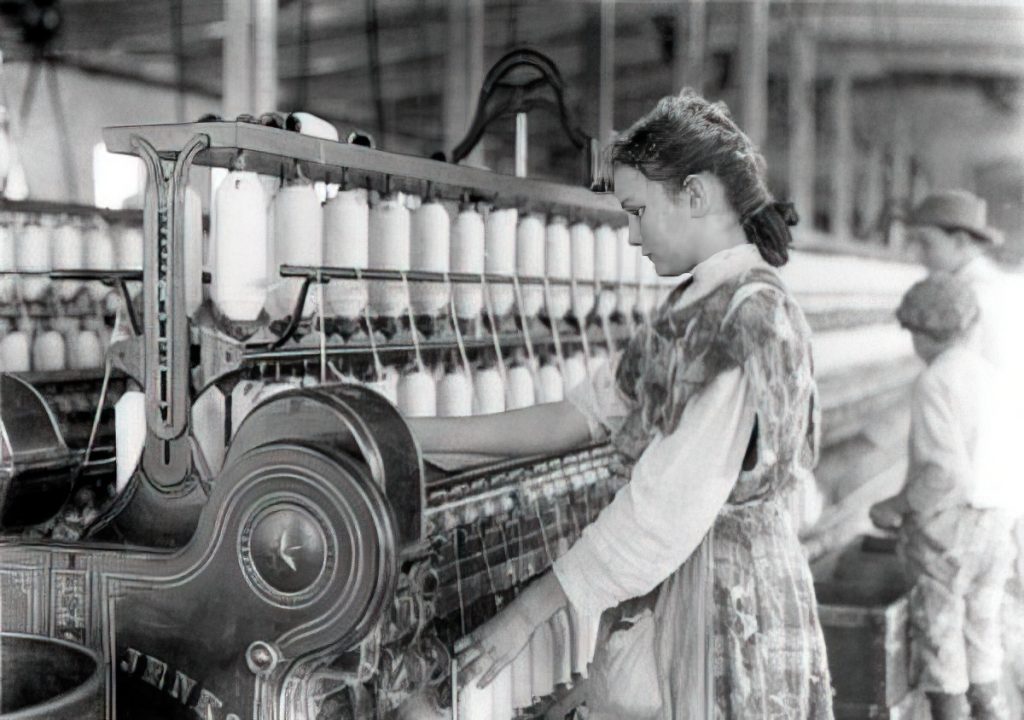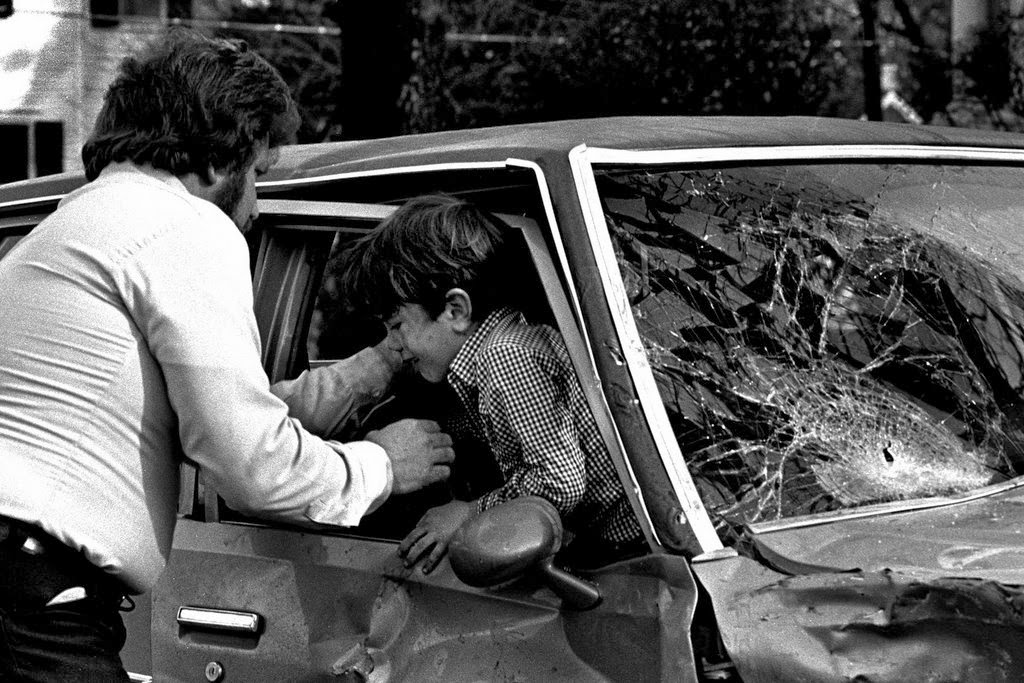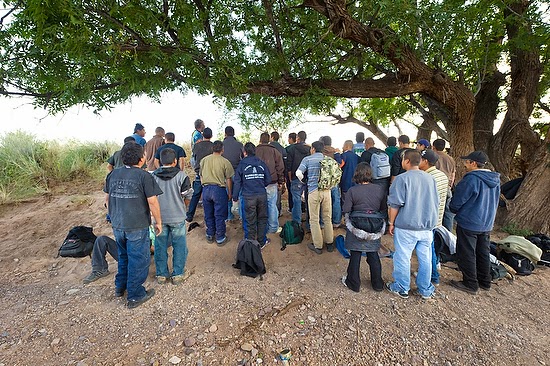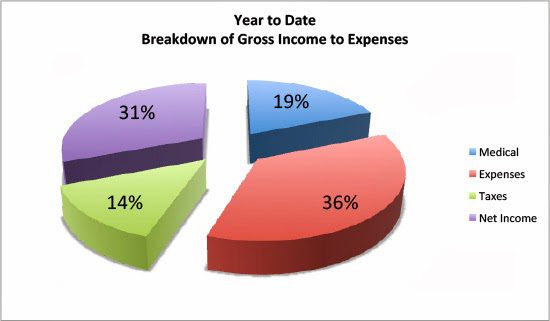You can have what everyone else would say is a mountain top experience and still, be depressed. I know I have been many times in my life.
1996 Olympic gold medalist Derrick Adkins used running to help deal with his depression. When he wasn’t feeling good, he just went out and ran, and his feeling of depression helped drive him to be the fastest 400m hurdler in the world.
Adkins had professional help and, with prescription drugs, could find a balance that he could not see before. One of my friend’s children started taking a yellow pill prescribed by a psychiatrist and immediately noticed a difference. One day the child said to his mother, “Everyone could benefit from a yellow pill.” They didn’t want their child on medication, but this was their last resort, and to see the child’s mood change so drastically brought tears to her eyes.
The old saying about your glass being half empty or half full is a key to fighting some types of depression. You can see your drink, but the choice can be life-changing.
Purpose Driven Life
When you feel depressed many times, it is from a lack of purpose in your life.
Rick Warren is the founder and senior pastor of Saddleback Church, an evangelical megachurch in Lake Forest, California, the eighth-largest church in the United States. He wrote the NY Times bestseller Purpose Driven Life.
I believe it was a runaway bestseller because so many people are depressed because they lack a purpose. Why am I here?
For we are God’s handiwork, created in Christ Jesus to do good works, which God prepared in advance for us to do.
Ephesians 2:10
We are here to do good work. While this sounds simple, if you are dealing with depression, you are unsure what your gifts are and how to use them, or you may feel that your skills are unnecessary in this world.
Good Night’s Rest
While everyone benefits from a good night’s sleep, sometimes our bodies are not working correctly. Sometimes the chemicals that get replenished in a healthy body are lacking in those dealing with depression.
Seeking professional help can be a lifesaver. Sometimes people can benefit from drugs to help them find balance. This is similar to a person with diabetes who takes drugs to maintain sugar balance.
Now, even if you get those drugs and they help with suicidal thoughts, you still need to have help with learning how to live life to its fullest.
Importance of Community
I can get caught in a thought loop. Just like a record that skips, I can have unproductive thoughts. Because I am stuck in a circle, I can’t move forward and get better. I have found that sharing my fears and struggles with others gives me insights on how to move forward.
Often it is not because of what people say to me, but just the process of putting words to my emotions and saying them out loud helps me see the flaws in some of my thoughts.
We all have gone through those moments when either we or we see someone else come upon an obstacle and struggle. How many times have you tried to open a door and realized instead of pushing, you should pull?
How often do we need someone to show us how to do something on our computers?
When you embrace your flawed condition and live within a community being open and honest, you discover we are all broken and need each other.
Throughout my life, those who have helped the most in my times of need were those who revealed their struggles. I think this is why Alcoholics Anonymous works so well. It is when they open up, admit their efforts and help one another as they recover.
Genius and Insanity
There is an excellent line between genius and insanity. We find many of those who were highly creative would later take their own lives.
“No great mind has ever existed without a touch of madness.”
― Aristotle
Vincent van Gogh battled mental illness and died from what was an apparent self-inflicted gunshot wound.
I believe if you are an artist, you will often find yourself on the edge of depression. I think the reason is that to capture the mood, you must be highly in touch with your emotions. When you start to feel at this depth, it can encapsulate you. You struggle to communicate to others your deepest thoughts and fears.
It took Ansel Adams many years before he had his creative breakthrough where he was able to finally pre-visualize and master the craft enough to know how not to capture what he saw but what he felt.
Many war photojournalists return from the war dealing with post-traumatic stress disorder. The best therapy for those suffering tends to be when they journal. It is the process of moving those thoughts from one side of the brain to the other through writing that many can “process” their ideas.
After 911, the news media helped America process its trauma. The media was helping us to write our story as a community. We were able to heal because through all this madness; we saw the silver lining of our society. We saw the community come together, as many have never experienced.
As the media told the stories of rebuilding families and communities, we all felt much better.
Importance of Journaling and Community
Take the time to write down your struggles as best you can. Write down all the crap you are experiencing. Find a group where you can share your efforts.
God, grant me the serenity to accept the things I cannot change,
– Serenity Praye
The courage to change the things I can,
And wisdom to know the difference.
So take the time to go back through your journal. Make two columns and put all the things you have no control over in one column. In the other column, but those things you do have the ability to change.
Make an action plan of the things you can do today. No jobs today, then list those people you can contact. What if you don’t know who to contact? Take the time to contact someone and ask them how I find leads.
Sit down with a few friends and hopefully find a mentor who can help you sort out your list and thoughts. They can help you find the wisdom you need to make it through the day.
Help someone else today
I think you should have one last action item on your To-Do List for the day. Always find some way to help someone today.
I recommend making a list of people you will contact once a week. Each day plans to get 3 to 5 people.
While you may think you need to contact all these people and get them to help you, I challenge you to listen to them. Ask questions and get to know each person and where they are right now in life.
Do they need a word of encouragement? Do they need you to help them make a connection? Did you take the time to be able to listen to them?
Your depression and hopelessness will help you be compassionate to another person who is struggling as well.
Resources
If you feel like life is too difficult, please reach out to professional counselors. Every community has mental health centers where you can go and talk. They will help you navigate your road to stability. Many houses of faith have counseling centers.
Be sure you are meeting with a trained professional counselor. I recommend you talk to a licensed clinical social worker, a licensed psychologist, or a psychiatrist. Remember, only the Psychiatrist can help you if your body is chemically imbalanced.
Be a resource as well. Be willing to listen to someone today. By just acknowledging someone, you can be the difference between life and death for them.




